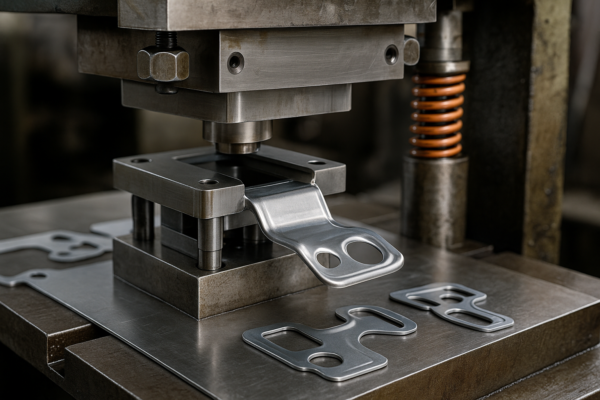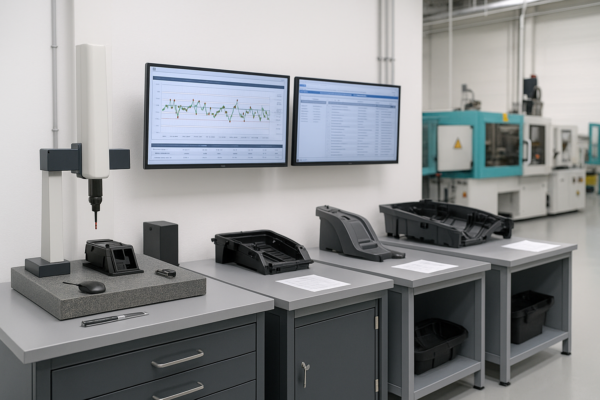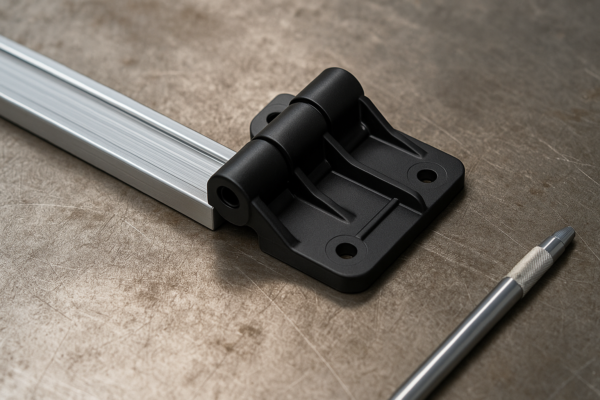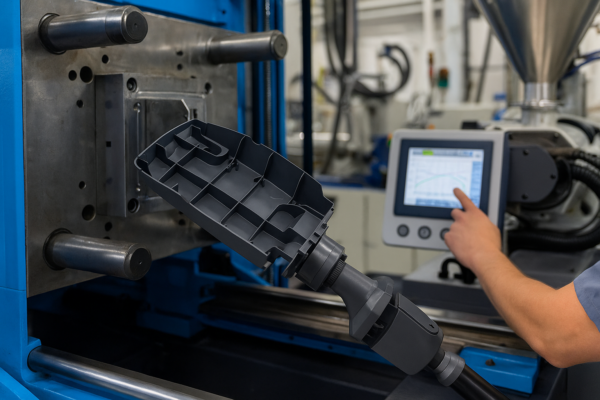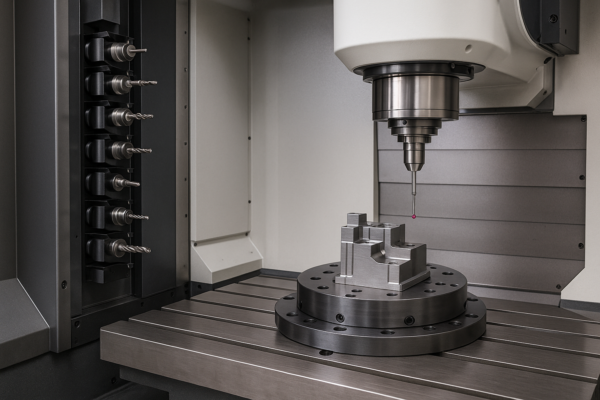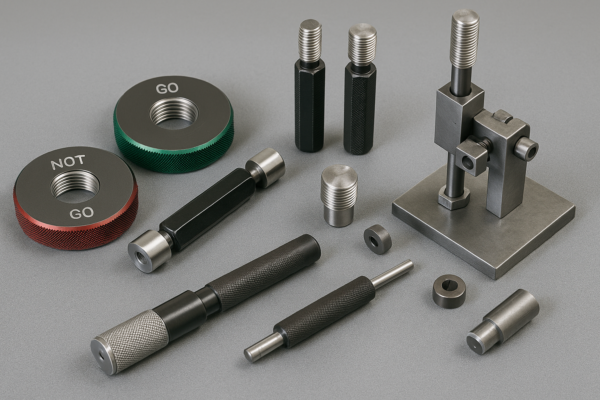What Do Welding Rod Numbers Mean?

You often face welding defects. You might pick the wrong rod. We help you avoid that.
Welding rod numbers show strength, position, and coating. Learn the codes to boost weld quality and match jobs.
Many buyers lose time and money due to rod confusion. This guide explains the numbers so you can choose with confidence.
What does the number 7018 mean on a welding rod?
Welders see 7018 often. But many still ask: is it right for steel?
7018 means 70,000 psi tensile strength. The ‘1’ means it works in all positions. ‘8’ tells us it uses a low-hydrogen iron powder coating.
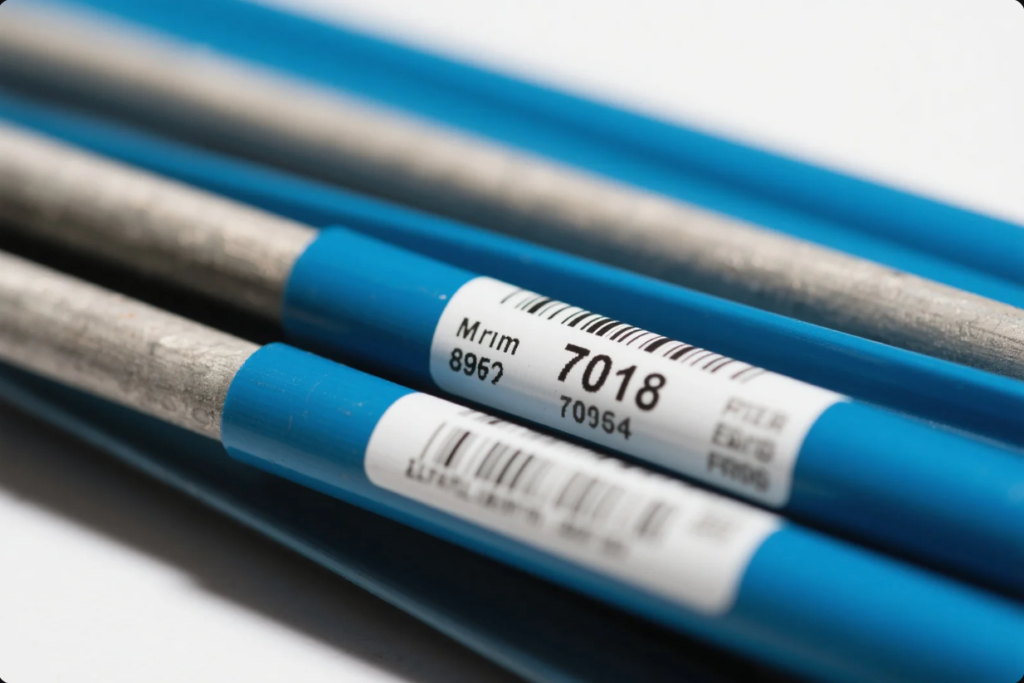
I’ve used 7018 in bridge frame builds. Its smooth arc, deep penetration, and crack resistance impressed every client.
According to Lincoln Electric, this rod type is ideal for high-strength applications. Miller Welds notes that 7018 is best used with DCEP polarity for optimal results.
Breakdown of 7018 Rod
| Code | Description | Purpose |
|---|---|---|
| 70 | 70,000 psi strength | Ideal for strong weld joints |
| 1 | All-position usability | Useful for vertical or overhead |
| 8 | Low-hydrogen iron powder flux | Reduces cracking and porosity |
Store these rods in a dry oven, as emphasized by AWS and Hobart Welders, to prevent hydrogen-related failures.
What do the numbers on welding rods mean?
You see codes like 6011, 7024, 8010. They look complex.
Each welding rod code follows AWS A5.1. First digits = strength. Third digit = position. Fourth = coating and current.
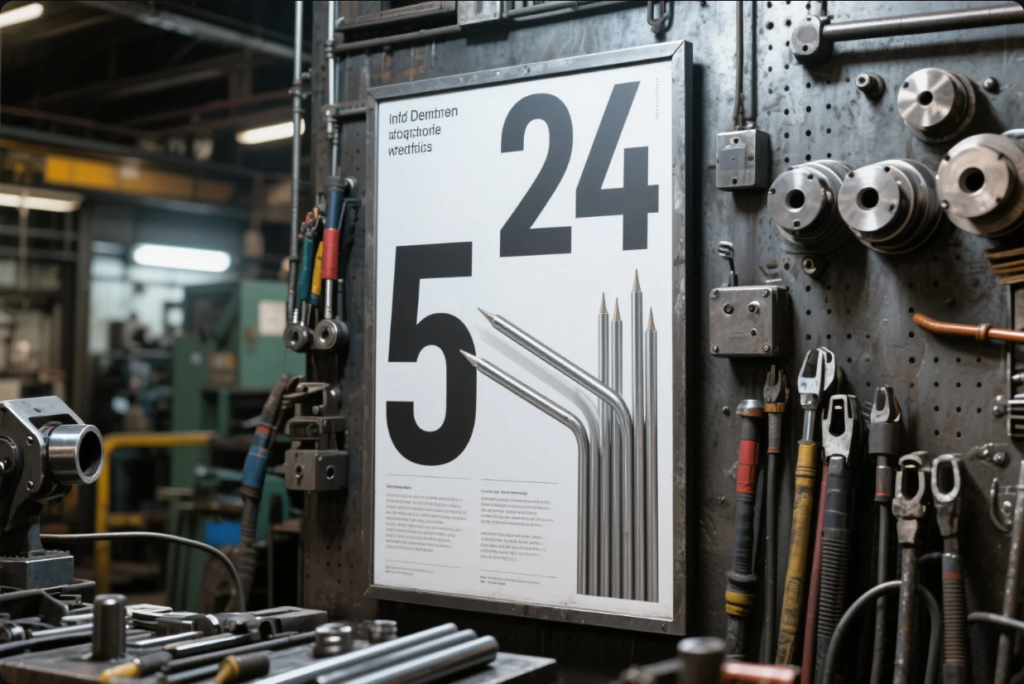
As Miller outlines, electrode numbers are standardised for consistency. Weld.com provides detailed videos on identifying each digit’s meaning.
Welding Rod Number Structure
| Digit | Meaning | Why It Matters |
|---|---|---|
| 1-2 | Tensile strength (×1,000 psi) | Matches rod to base metal |
| 3 | Welding position | Ensures proper joint technique |
| 4 | Coating and polarity | Defines arc quality and current |
ESAB offers electrode charts for deeper reference.
What does the number 6013 mean on a welding rod?
You may use 6013 for its smooth weld. But do you know its limit?
6013 = 60,000 psi strength, works in all positions, and has a rutile coating. It’s easy to use, ideal for thin metal.
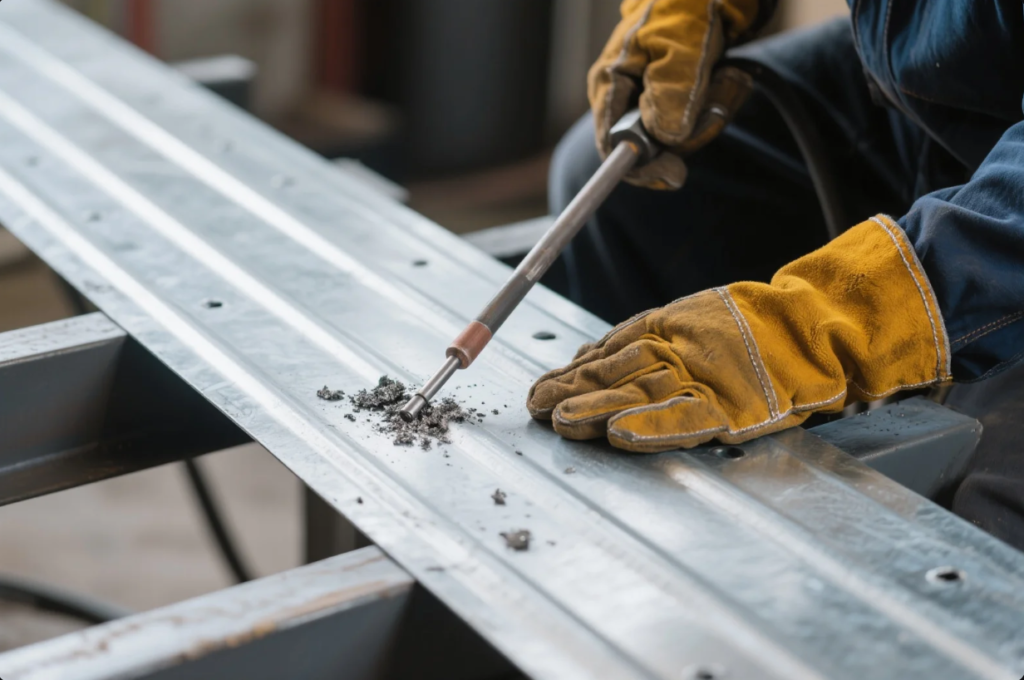
On Hobart’s product page, they mention 6013 is great for automotive or sheet metal. But OnlineMetals.com warns it isn’t ideal for structural stress.
Comparison: 6013 vs 7018
| Feature | 6013 | 7018 |
|---|---|---|
| Strength | 60,000 psi | 70,000 psi |
| Coating Type | Rutile | Low-hydrogen |
| Weld Position | All positions | All positions |
| Best For | Light fabrication | Structural steel |
More discussion at RC Welding explains use-case differences.
What does 7014 welding rod mean?
7014 seems like 7018. But is it really?
7014 has 70,000 psi strength, works in all positions, uses a fast-fill iron powder coating. It’s great for smooth, fast welds.
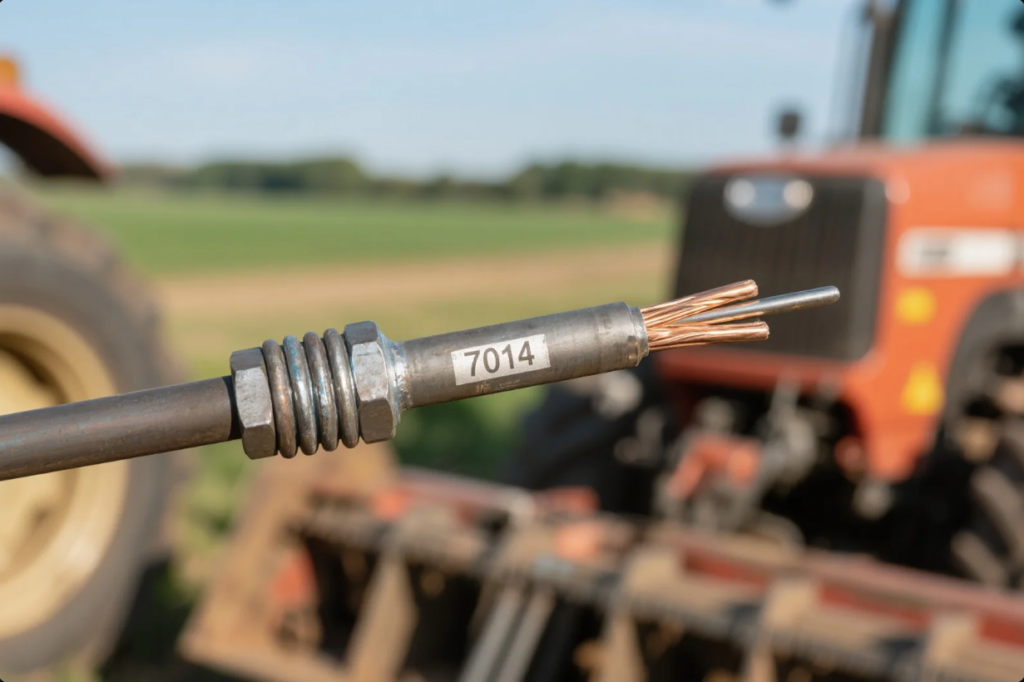
As Weld Talk mentions, 7014 offers faster deposition rates. However, it lacks the crack resistance of 7018, which Industrial Heating says is critical in high-stress zones.
Key Specs of 7014
| Feature | Description |
|---|---|
| Strength | 70,000 psi |
| Position | All positions |
| Coating Type | Iron powder, fast-fill |
| Arc Character | Smooth, low spatter |
| Current Type | AC or DC |
For deeper tech details, check Tech Welding.
Frequently Asked Questions (FAQs)
Can I mix different welding rods?
Stick to one rod per weld line. Mixing 6013 and 7018 often causes cracks, as noted by AWS.
How do I store low-hydrogen rods?
Use ovens at 250°F. Details found at Lincoln Electric.
Why do my 7018 welds still crack?
Possible causes: low preheat, damp rods. Refer to Hobart’s weld defect guide.
What current for 6013/7014?
Both can run on AC or DC+. See Miller’s guide.
Is 7014 equal to 7018?
No. Weld.com shows that 7018 offers better crack resistance.
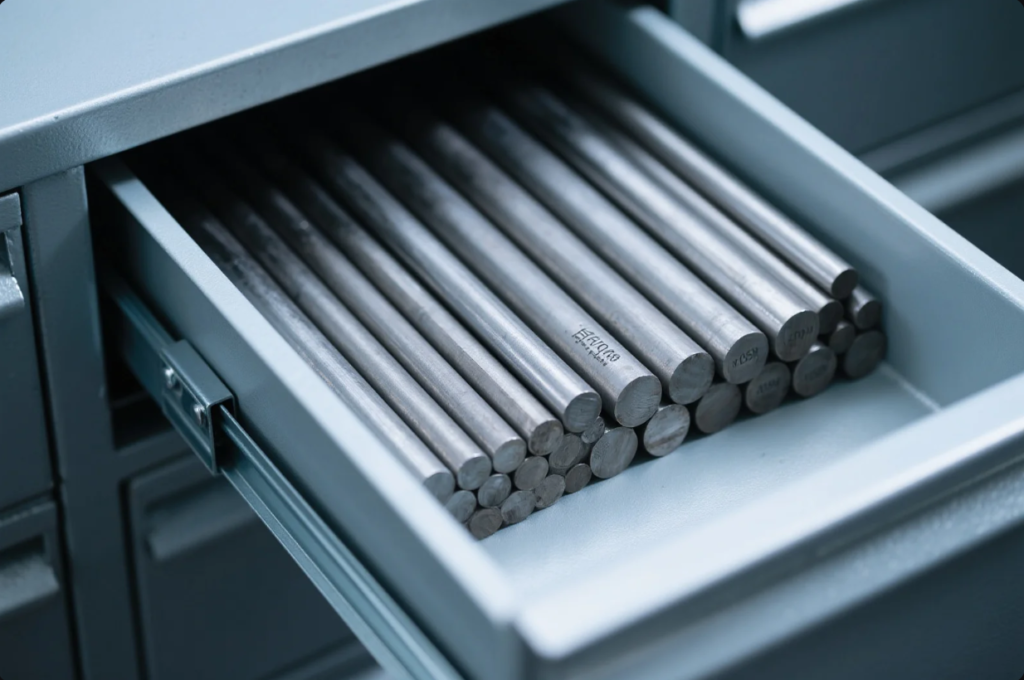
Extended Insights & Application Tips
Preheat thick steel to 300°F to reduce weld failure. Industrial Heating explains thermal control in deep welds. For inspection, Quality Magazine recommends ultrasonic test methods post-welding.
Choose rods based on base metal strength. Learn from Metallurgist.org about hydrogen cracking.
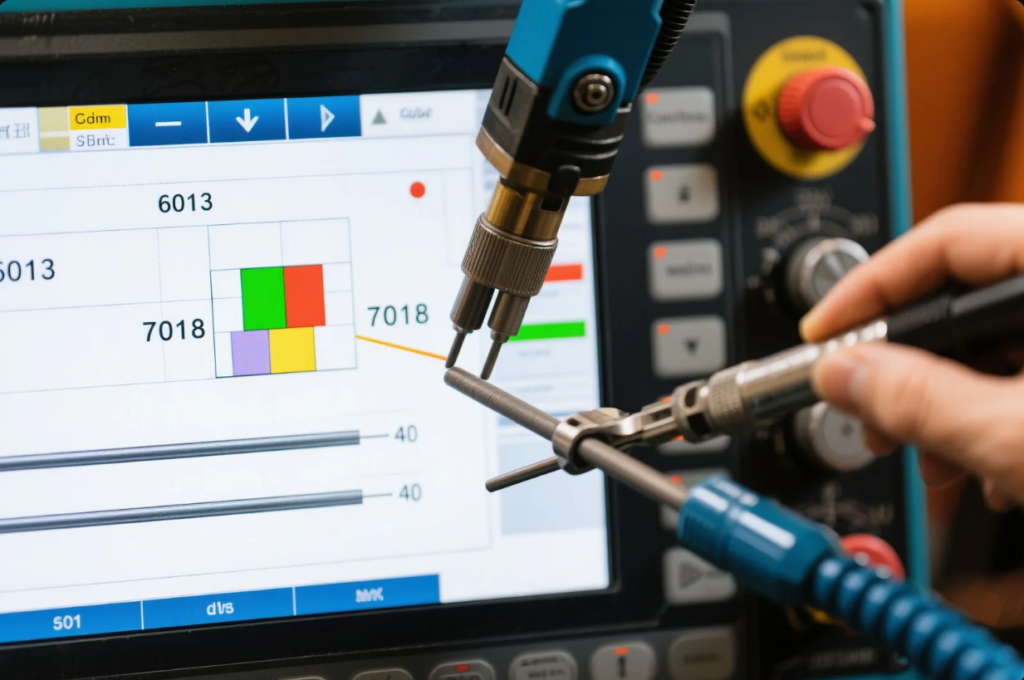
Stick to certified suppliers. See part tolerance references at Forge Welding Designs and Practical Welding Today.
Get Expert Welding Parts Support
We explained rod codes, coating types, and best use cases. Now, choose rods smartly and weld with confidence.
Need ISO-certified welding parts, stamping, CNC precision, or casting solutions?
Contact Prime Today:
🌐 https://primecustomparts.com
📧 [email protected]
We deliver high-quality parts fast. Our 10 production lines ensure reliable service.

